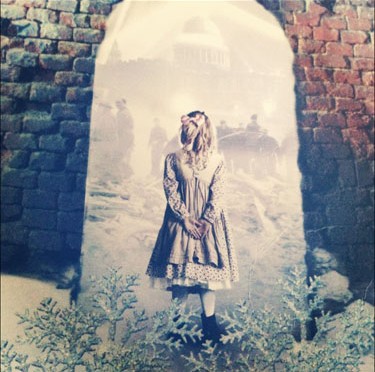Tag: Life after Life
-

Kate Atkinson and quantum physics
Kate Atkinson has now won the Costa Book Award twice in the past three years—for her companion novels, A God in Ruins (2015) and the stunning Life After Life (2013). To celebrate, here are my thoughts on the first one, which I just finished. Life after Life can be seen as a kind of…
